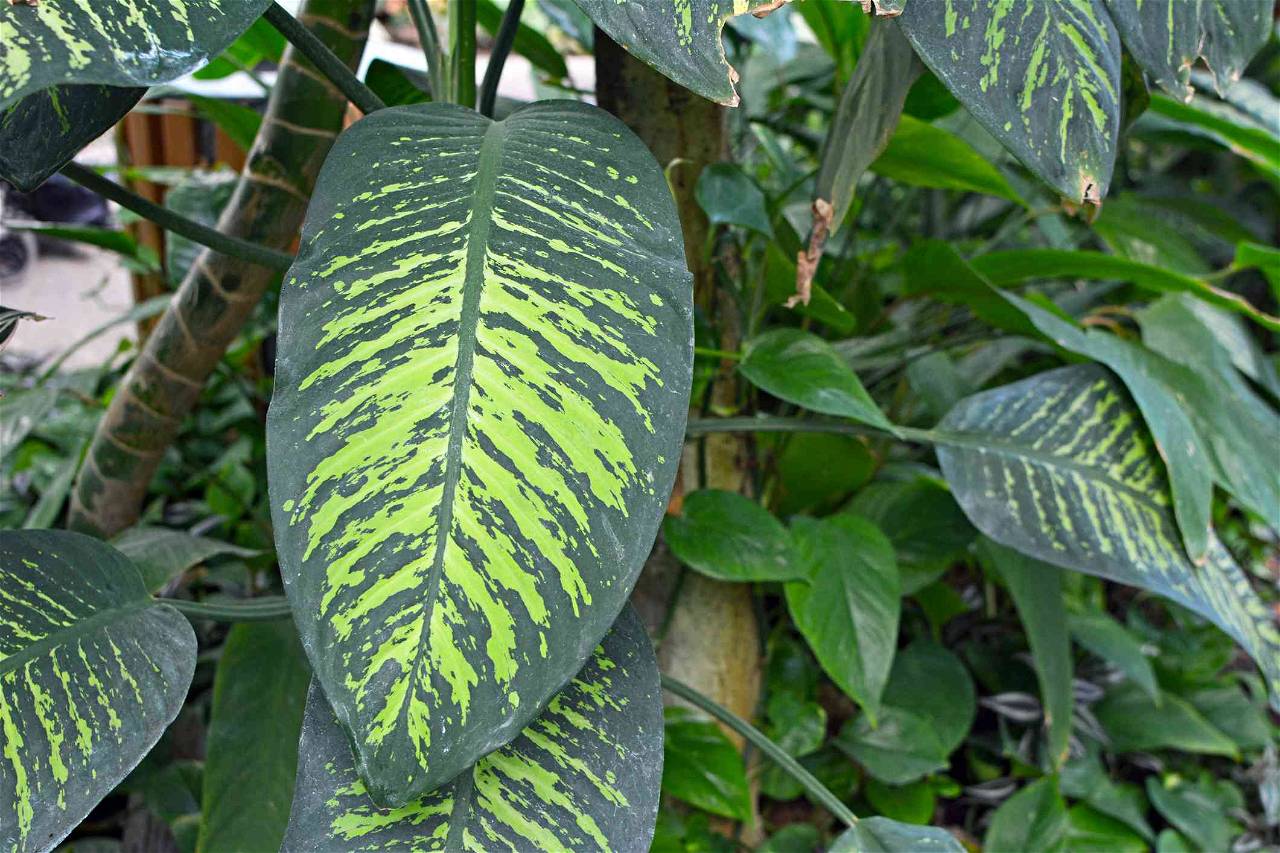
Plants, like animals, respond to stress in a variety of ways, studies suggest that in response to drought and bites from hungry herbivores, plants may release odorous chemical compounds or change their colour and shape.
A new study has revealed new information about how plants deal with stressful situations. They investigated how plants react to and cope with stressful conditions in order to develop biotechnological approaches to reduce economic losses in the agriculture sector caused by the ever-changing climate.
The study was led by Emilio Gutierrez from the Department of Plant Biochemistry and Molecular Biology at the University of Seville and was published in the journal 'The EMBO Journal’.
Research Findings:
Researchers discovered that one of the first events that occur after the perception of a stress signal at the cellular level is the formation of cytoplasmic complexes composed of RNA and proteins known as stress granules.
These complexes formed as a defensive mechanism to promote cell survival. Although the function of stress granules in mammals is well understood, their role in plants remains unknown.
The TSN protein was discovered to act as a connector between stress granule assembly and plant resistance in a paper published in the 'The Plant Cell Journal' in 2015. The molecular mechanism by which the TSN protein performed this function, however, is unknown.
TSN acts as a scaffolding protein, according to US researcher Emilio Gutierrez, by recruiting numerous protein components through a highly disordered region, including proteins previously localized in stress granules in other study models.
The study also revealed that TSN's scaffolding role is critical to the architecture and function of stress granules. SnRK1 kinase, a key sensor in the cellular response to environmental and nutritional stresses, was discovered to be one of the plant-specific components discovered.
The study found that SnRK1 activation is dependent on both its localization in stress granules and its interaction with TSN. The activation of SnRK1 could activate molecular response mechanisms to the imposed stress situation, allowing cell survival and thus the organism's survival.
The study also demonstrated for the first time how stress granule formation interfered with SnRK1-induced signaling, which is one of the most studied cellular pathways in eukaryotes.











